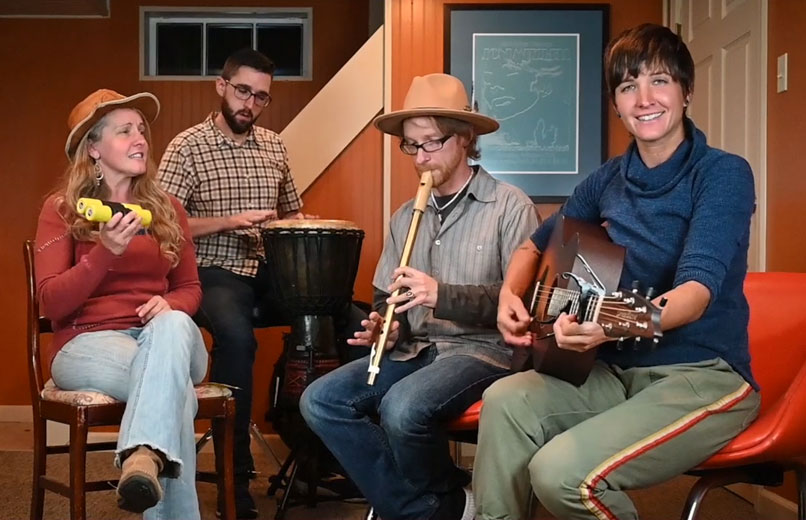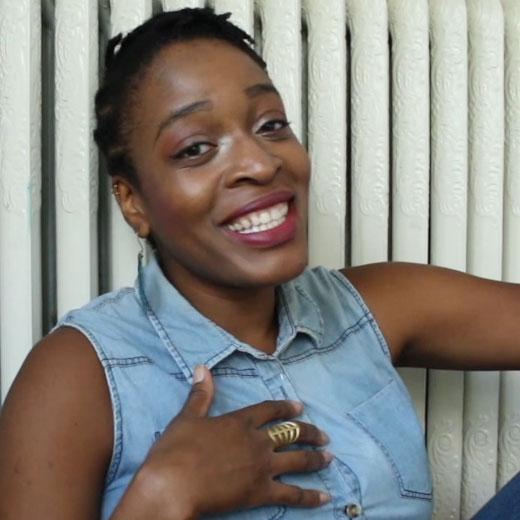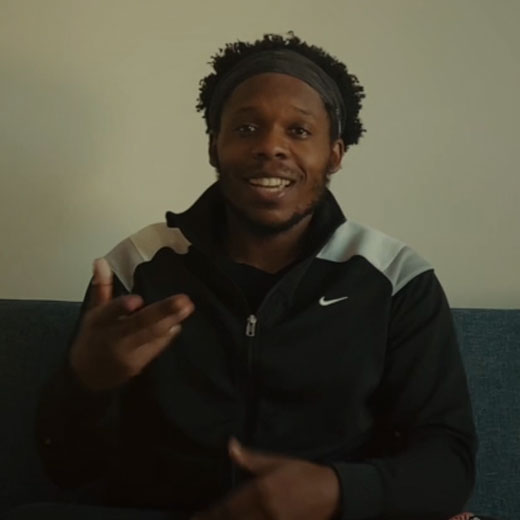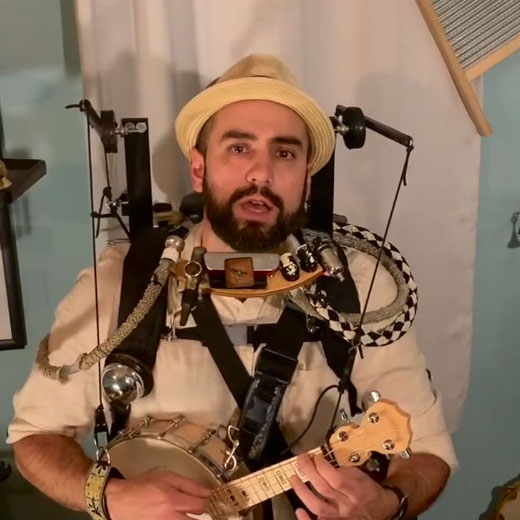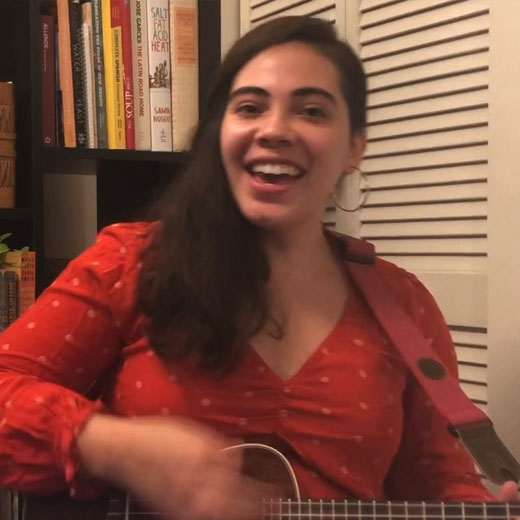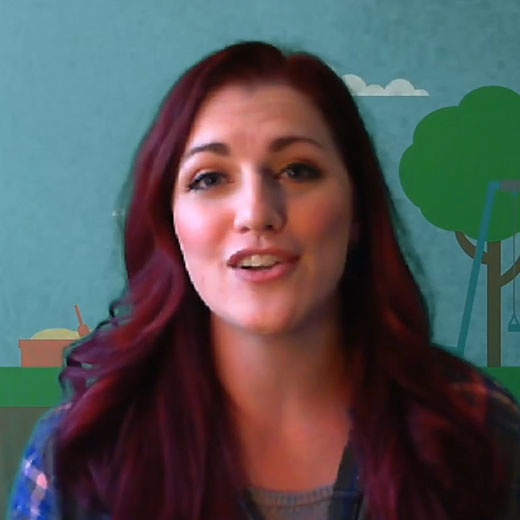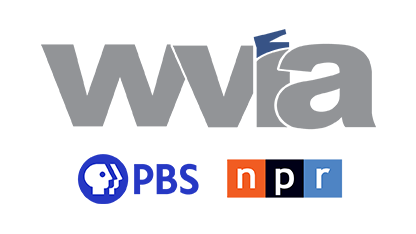Music Matters
Write Your Own Songs
Standard: 1.1.K.C Demonstrate understanding of spoken words, syllables, and sounds (phonemes). 1.4.PK-K.B Use a combination of drawing, dictating, and writing.
Try writing and singing your own song about something you do every day like wash your hands, brush your teeth, go for a walk, etc.
Drumming
Standard: 9.1.M.PK.A – Know and use basic elements and principles of music and movement. 9.1.M 1.J.3 – Use instruments to demonstrate the melody of a song. 10.4.PK-K.A – Demonstrate coordination of body movements in active play.
Sometimes we don’t have words yet for our feelings. Pounding on a drum or listening to music can help us get our feelings out.
Use a drum to create a beat. Try using an upside-down laundry hamper or a pot with a wooden spoon. Take turns drumming different beats while marching, tiptoeing, stomping or hopping around your home.
Move when the drummer plays and freeze when the drumming stops. (Get inspired by this drum performance from Let’s Go Luna!)
Dancing
Standard: 9.1.M.PK.A – Know and use basic elements and principles of music and movement. 10.4.PK.A – Demonstrate coordination of body movements in active play. 16.1.PK-K.A – Distinguish between emotions and identify socially accepted ways to express them.
Dance and move to your favorite music. Dancing gives children an opportunity to practice self-control and helps them gain awareness of their own bodies and others’. Dance quickly to fast songs, slowly to slow songs and then try doing the opposite. Ask: Can you show me a happy dance? How about a sad dance? Can you show me how you’re feeling right now?
Try freeze dancing to practice self-control. Play some music. Stop the music at frequent, unpredictable times. When the music stops, try not to move your body.
Music Maps
Standard: 9.1.M.PK.A – Know and use basic elements and principles of music and movement. 9.1.V.PK.B – Combine a variety of materials to create a work of art. 1.4.PK-K.B Use a combination of drawing, dictating, and writing. 16.1.PK-K.A – Distinguish between emotions and identify socially accepted ways to express them.
Draw music maps. Practice fine motor skills while drawing, scribbling or painting along with music. As you listen, talk about what you hear. Is the music fast or slow? Does it sound happy or sad? Start and stop your art with the music.
Make an Instrument
Standard: 9.1.M 1.J.3 – Use instruments to demonstrate the melody of a song. 9.1.M.1.J.1 – Explore musical instruments. 3.2.4.D – Recognize and use the technological design process to solve problems. 10.5.PK-K.A – Use hands, fingers, and wrists to manipulate objects.
- Make a xylophone. Line up 6 or 7 glasses. Fill each glass with varying amounts of water, from empty to full. Then tap the side of the glass carefully with a spoon. Explore the science of sound by adding or taking away water. How do the sounds change?
- Make a shaker. Fill and empty dry plastic water bottle with rice, small beans, buttons or paper clips. Seal the lid tightly with hot glue and duct tape. It is important that it is secure. Shake your new maraca. Try making several with different types of items. How does the sound change?
- Make a tambourine. Use a sturdy paper plate. Punch holes along the outer rim. Use twist ties or wire to attach small jingle bells securely. Decorate the plate.
- You decide! Provide children with clean, recycled materials like cereal boxes, dry oats containers, paper towel rolls, plastic containers. What instruments can you drum up?


